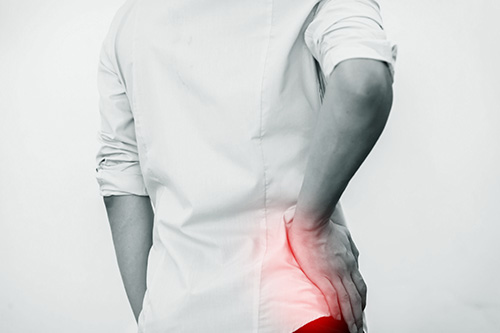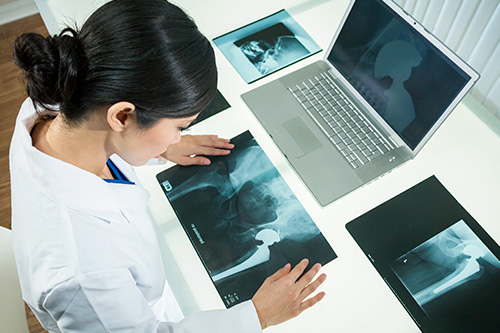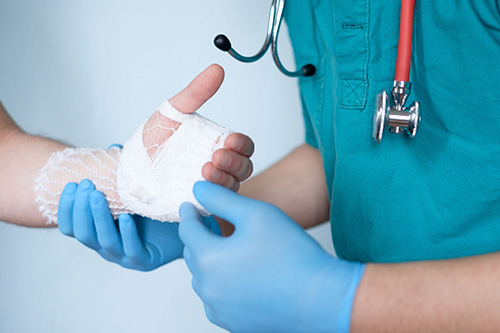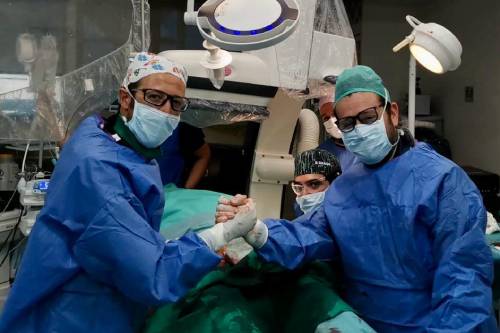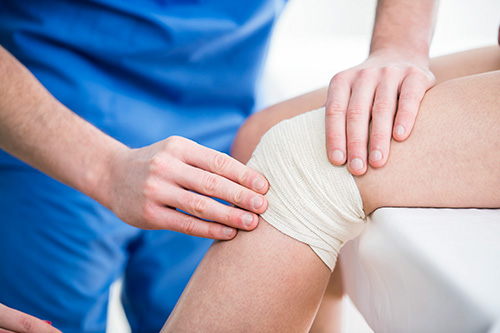
DHS stands for Dynamic Hip Screw, although in Spanish it is called Tornillo de Cadera deslizante. With the DHS method the recovery time is reduced because in many cases the next day you can walk.
How do I place the Sliding Hip Screw?
The surgeon will make a cut on the side of the thigh and will separate the muscles until they find the bone, after having taken several x-rays will place the plate and screws. Once finished, the wound will be closed with stitches.
Operation risk
As with all procedures, this carries some risks and complications.
Common
- Deep Vein Thrombosis: A blood clot in a vein. The risks of developing DVT are higher after any surgery. Your surgeon may give you medicine to try to limit your risk of DVT. Starting to walk as soon as possible is one of the best ways to prevent blood clots from forming.
- Bleeding: There will unavoidably be some bleeding. But if you lose a lot of blood, you may need a blood transfusion.
- Pain: After the operation you will notice that the area is sore, over the time the pain will fade. If the pain persists, call one of the doctors so that they can give you antibiotics.
Less Common:
- Infection: The area where they have performed the operation may become painful or red, this may be signs of infection it may be necessary to take antibiotics to cure these infections.
-
Catheterization: If you have difficulty urinating after the operation, a tube may be passed into the bladder, this is usually temporary.
-
Altered length: After the operation it may appear that one leg is shorter than the other.
Rare
-
Avascular necrosis: is a condition that occurs when there is a loss of blood in the bone.
-
Altered wound healing: The wound may become red, thickened, and painful (keloid scar), especially in Afro-Caribbeans
-
Hip stiffness: If after the operation movement is limited, you may have a stiff hip. It may be necessary to manipulate the joints under general anesthesia.
-
Damage to nerves: There is a risk of damage to the nerves in the knee. There may also be damage to the perineal nerve, this may cause temporary or permanent weakness in the lowest part of the leg
-
Bone Damage: The bone may break when the prosthesis is inserted. This may require repair, either at the same time or in a later operation.
-
Damage to the blood vessels: The vessels in the back of the knee can rarely be damaged, may require some additional surgery.
-
Death: This situation is very rare to occur, but can occur with any complication of the above situations.

